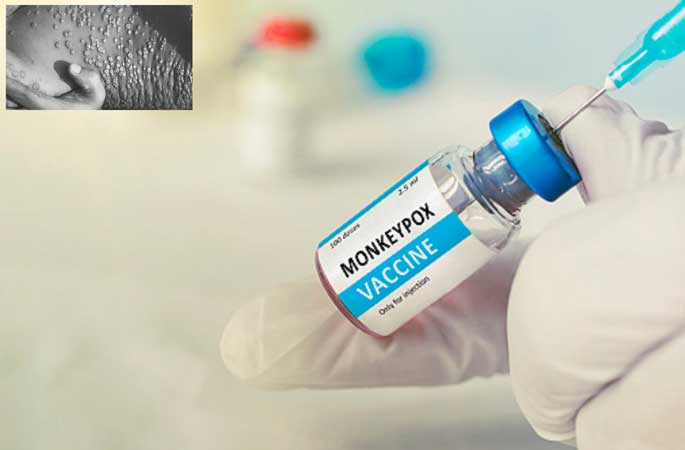“Anvisa approved the registration exemption for the Ministry of Health to import and use the Jynneos/Imvanez vaccine in Brazil, for immunization against monkeypox,” the regulatory body reported here.
Such permission applies to the Jynneos (United States) or Imvanex (Europe) vaccine which are the same drug, but under different names. It was developed by the Bavarian Nordic company and is manufactured in Denmark and Germany.
To grant the approvals, Anvisa analyzed data from the European Medicines Agency and the American Agency.
The temporary and exceptional waiver applies only to the Ministry of Health and will be valid for six months, provided that it is not expressly revoked by the regulatory agency.
According to the World Health Organization, the immunizer is already approved in the United States, Canada and the European Union.
In early August, Health Minister Marcelo Queiroga stated that Brazil would receive the antiviral drug Tecovirimat to combat the outbreak.
The drug was released in the United States and is manufactured by the multinational Catalent Pharma Solutions. It comes in capsule format, is administered orally and is recommended for the treatment of diseases caused by Orthopoxvirus in adults, adolescents and children weighing at least 13 kilograms.
Research published in the scientific journal The Lancet Infectious Diseases noted that the antiviral showed promise in reducing the duration of symptoms and the time that patients with the disease are able to infect others.
The South American giant appears as the third country in the world with the most cases of the disease, after the United States (15,877) and Spain (6,284).
Certain medical literature ensures that monkeypox is a zoonotic disease: transmissible between animals and humans, with symptoms such as fever, headache and muscle pain.
It also causes swollen lymph nodes, chills, exhaustion, as well as rashes on hands and face, similar to those caused by traditional smallpox, although less severe.
To become infected, a close approach with infectious material must occur when touching skin lesions, similar to those of chickenpox, which appear in the infected, and the same by respiratory droplets in a prolonged face-to-face or through contaminated objects.
ef/ro/ocs









